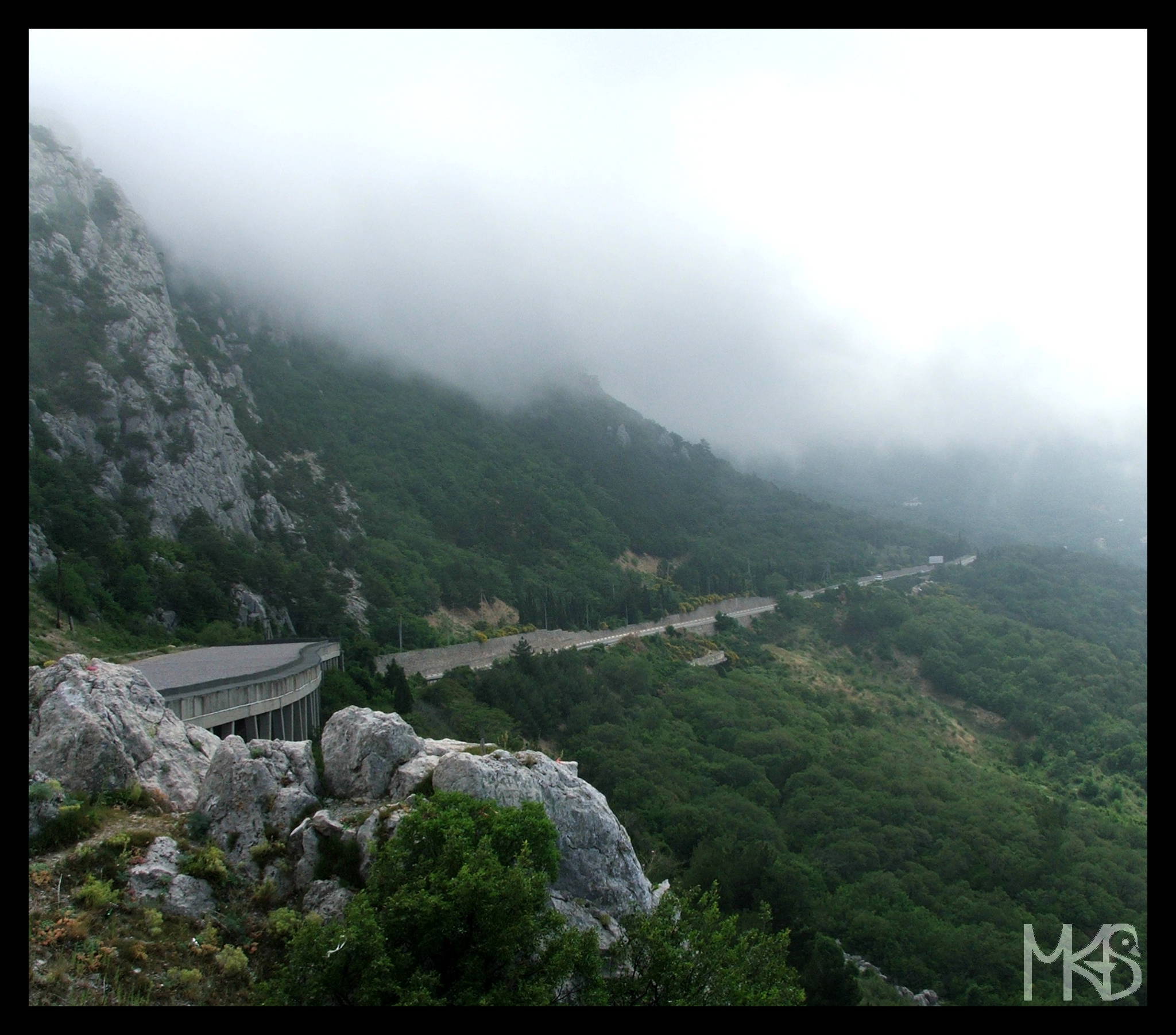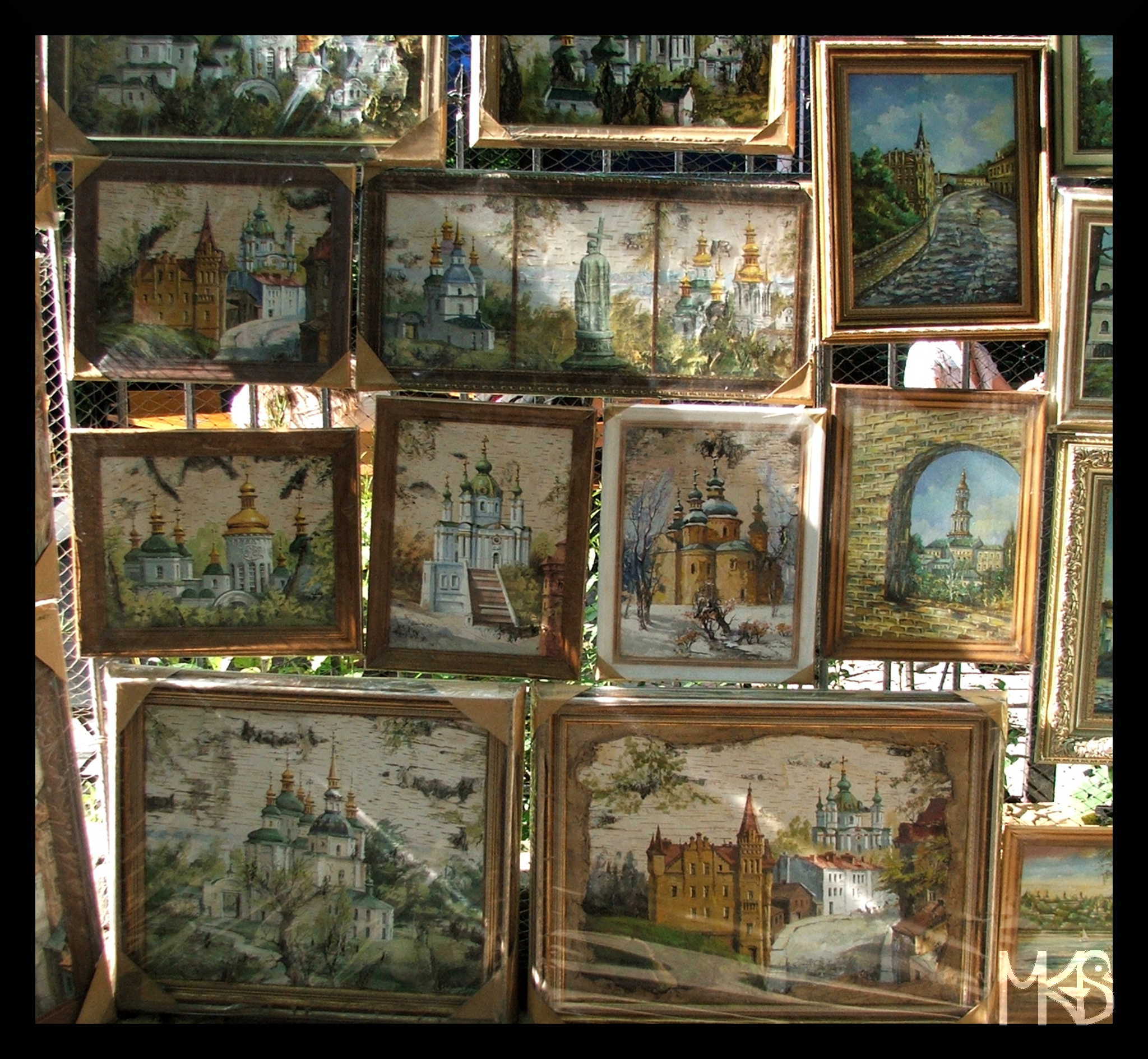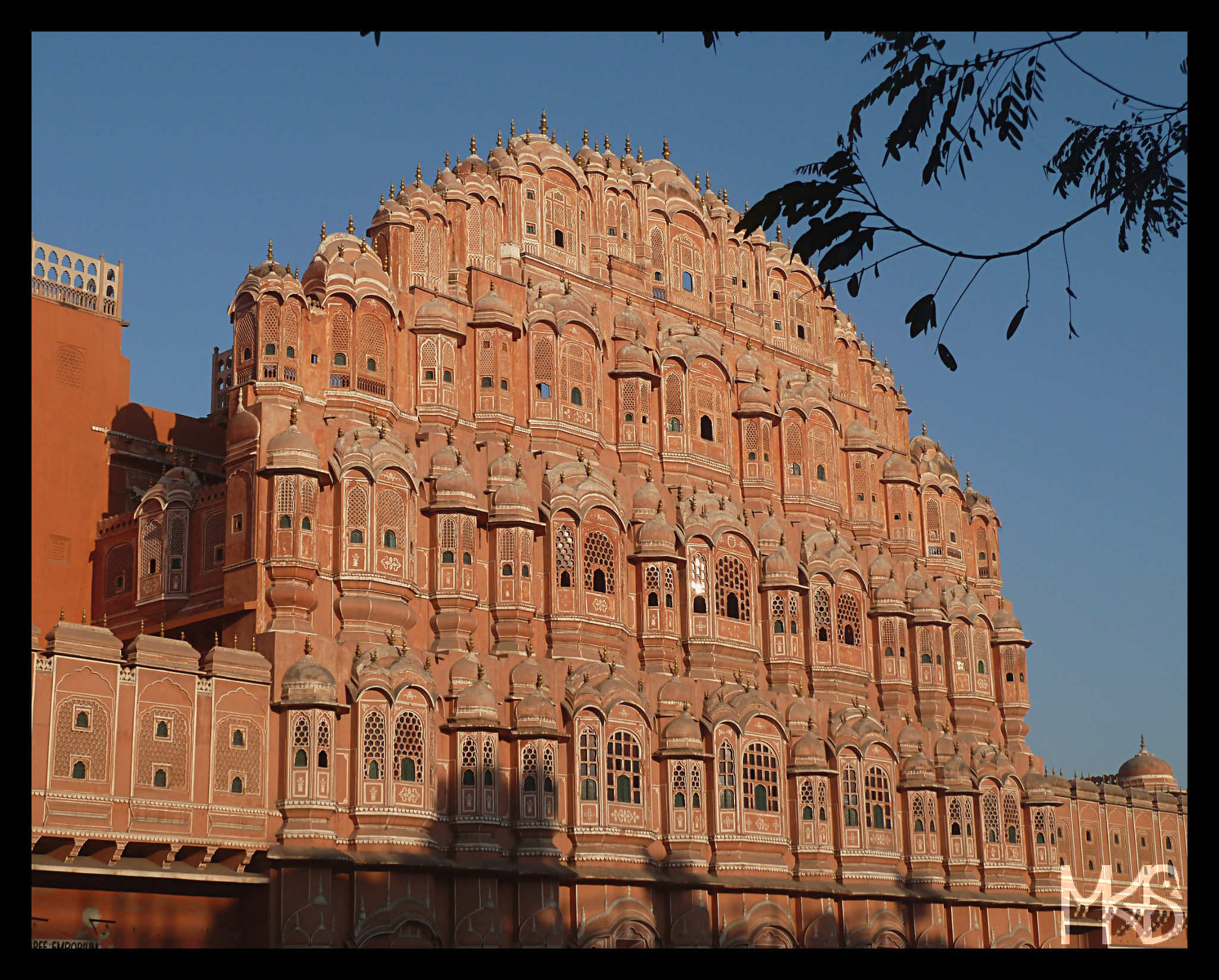
Ukrainian is the official language of Ukraine.
I think Ukrainian language may be taken as Russian language. Well, there are some similarities (e.g., both languages use Cyrillic alphabet) but they not identical! The other thing that may led to this confusion – Russian language is widely spoken in Ukraine and many Ukrainians can speak Russian.
Category: Uncategorized
Ukraine – Population
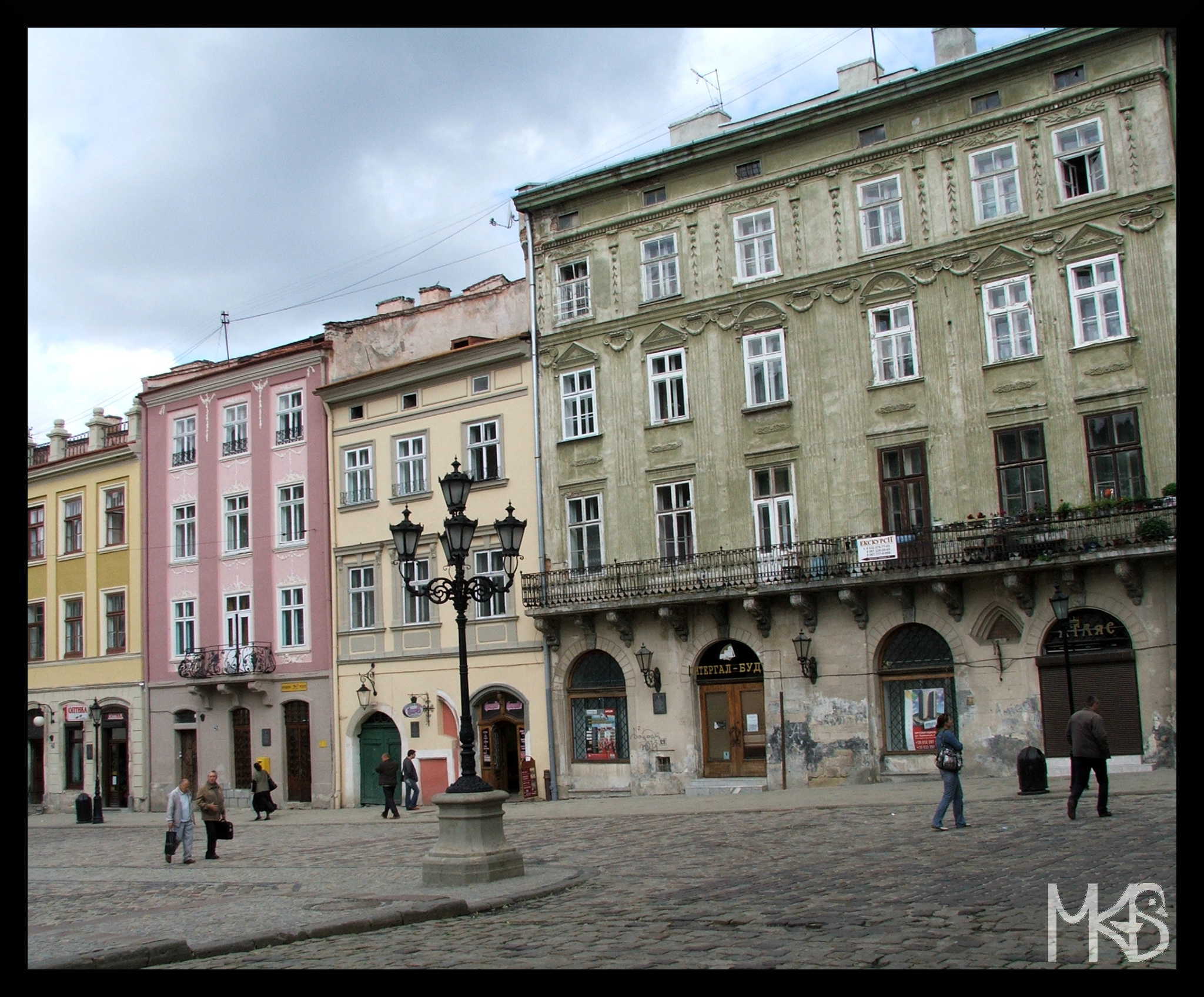
The population of Ukraine is quite high. The majority of people are Ukrainians, but there are relatively large minorities of Russians, Romanians, Moldavians, Belarusians, Crimean Tatars, Bulgarians and Hungarians (and other small ones) – so mostly people from the neighborhood countries.
Ukraine – Location
Ukraine – Name of Ukraine
Ukraine – Introduction
This month, I’d like to invite you to visit Ukraine with me.
I was in Ukraine in 2009. Since that time, many things have changed in this country. I’ll give you then basic information about Ukraine and show places I’ve visited. Some of these places are a subject of political dispute and cannot be visited as a part of Ukraine any more. However, I’m going to present them this month, because during my trip, they were considered as a Ukrainian soil.
India – Final impression
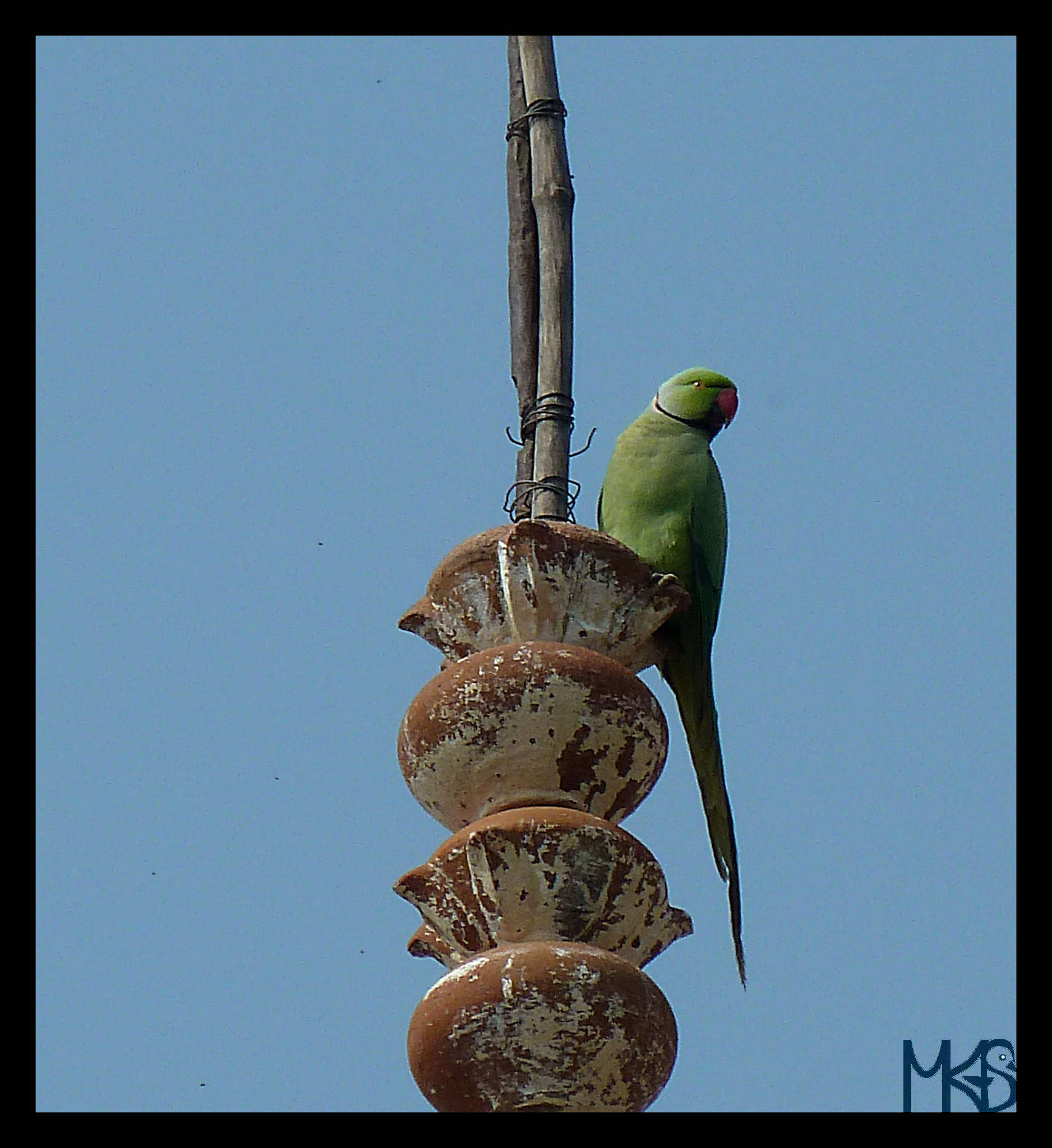
Today, the series about India ends.
How did you like my travel impressions in May?
I spent only 2 weeks in India, but it was a very intensive period. Usually, I was traveling by train at night and then visiting different places during the day. I could complain a lot about many aspects of India, I could also say a few nice words. India is an interesting and diverse country, worth visiting. If you go to India, my sugegstion is to not stay in one region – visit different places. 🙂
And one more thing, a few days ago I saw this on Bored Panda, it’s called “Indian Family Comics”. Many of the comics, you’ll easily understand even after spending a few days in India. 😉
http://www.boredpanda.com/indian-family-comics-2/
(Just a short comment to this particular comics – a man and woman cannot hold their hands in public; two men can; men can pee in many places on the street – just like that – open space…)
India – Himalayas

Part of Himalayas lays also in India, it’s called the Indian Himalayan Region.
These high mountains are important for Hinduism, because the holy river Ganges flows from Himalayas.
It looks like, there is everything in India, from ocean to high mountains. 😉
I can only hope, that one day locals stop polluting their country…
India – Shimla

Simla or Shimla is a town located in the northern India, about 380 km from Delhi.
Shimla is situated in a mountain area what gives some possibilities for nice hikes. After visiting other Indian cities, I had the impression that I’m not in India any more. It’s just quite different from e.g., Delhi.
What are the attractions of Shimla?
Well, my answer may sound a bit strange – but the biggest tourist attraction is the railway from Kalka to Shimla. It’s so-called the Kalka–Shimla Railway. This line was built by the British; opened in 1903. Currently, it’s even a UNESCO World Heritage Site! The distance between Kalka and Shimla is only 96 km, but it takes about 5 hours to travel it by train! This mountain route goes through around 800 bridges and 100 tunnels, and it’s very scenic!
India – Blue City

Before visiting India, the names Jaipur and Jodhpur sounded to me quite alike. Moreover, these two cities are located in the same state (Rajasthan) and both have “colorful” nick names.
Jaipur is called Pink City and Jodhpur – Blue City.
Actually, Jodhpur has 2 nick names:
– Sun City – because sun shines there almost everyday
– Blue City – because many houses in the old town have blue color (today’s photo).
India – Jodhpur
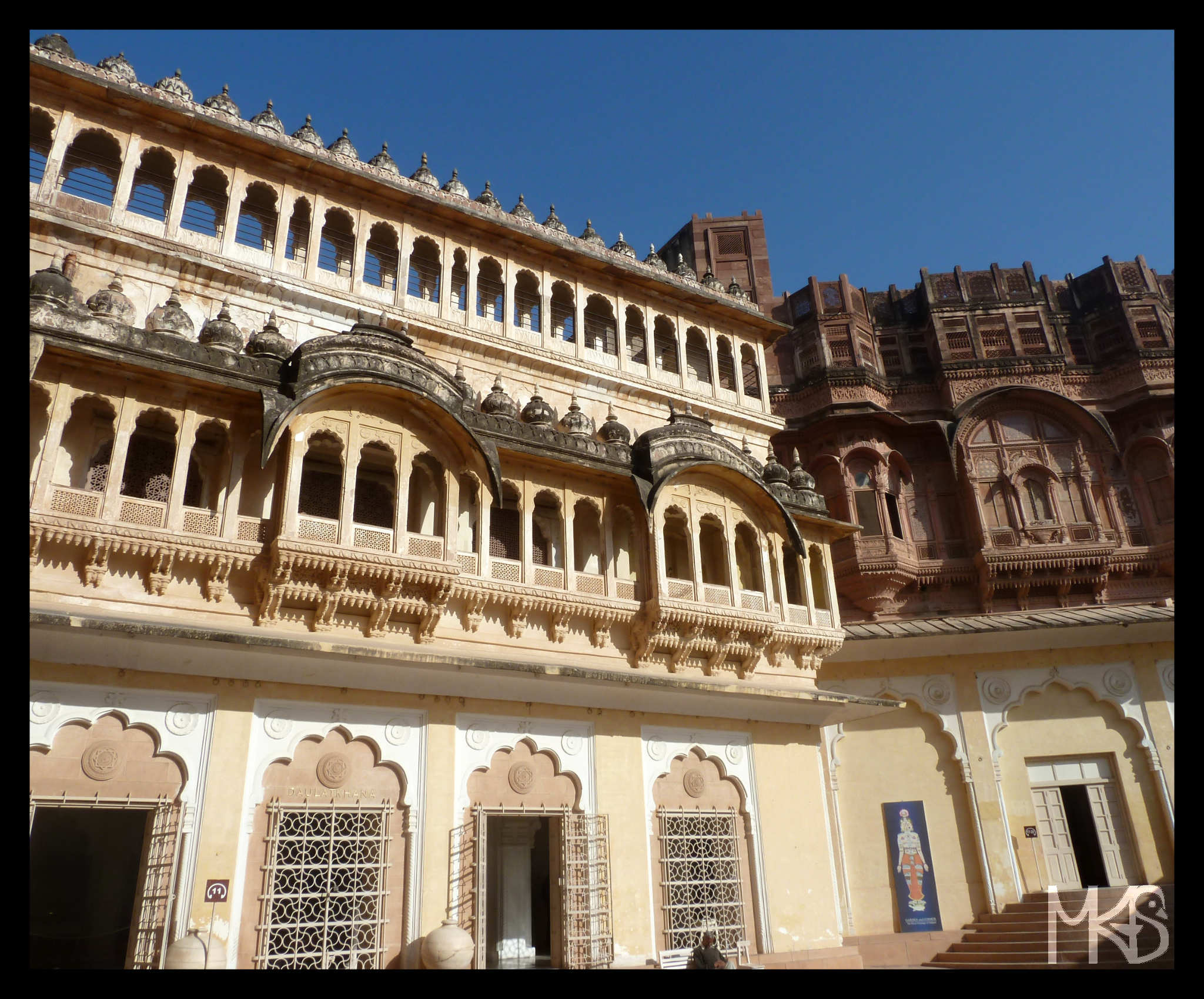
Jodhpur is a city located 600 km from New Delhi.
Jodhpur and Jaipur are in the same Indian state – Rajasthan, but the distance between them is over 300 km.
Jodhpur is quite popular among tourists.
You’ll find there many palaces, forts and temples.
My favorite attractions of Jodhpur are:
-Mehrangarh Fort – large and beautiful fort from approx. 1460 year (today’s picture)
and
-Jaswant Thada – a mausoleum (shown on 4th of May).
India – Pink City
India – Jaipur
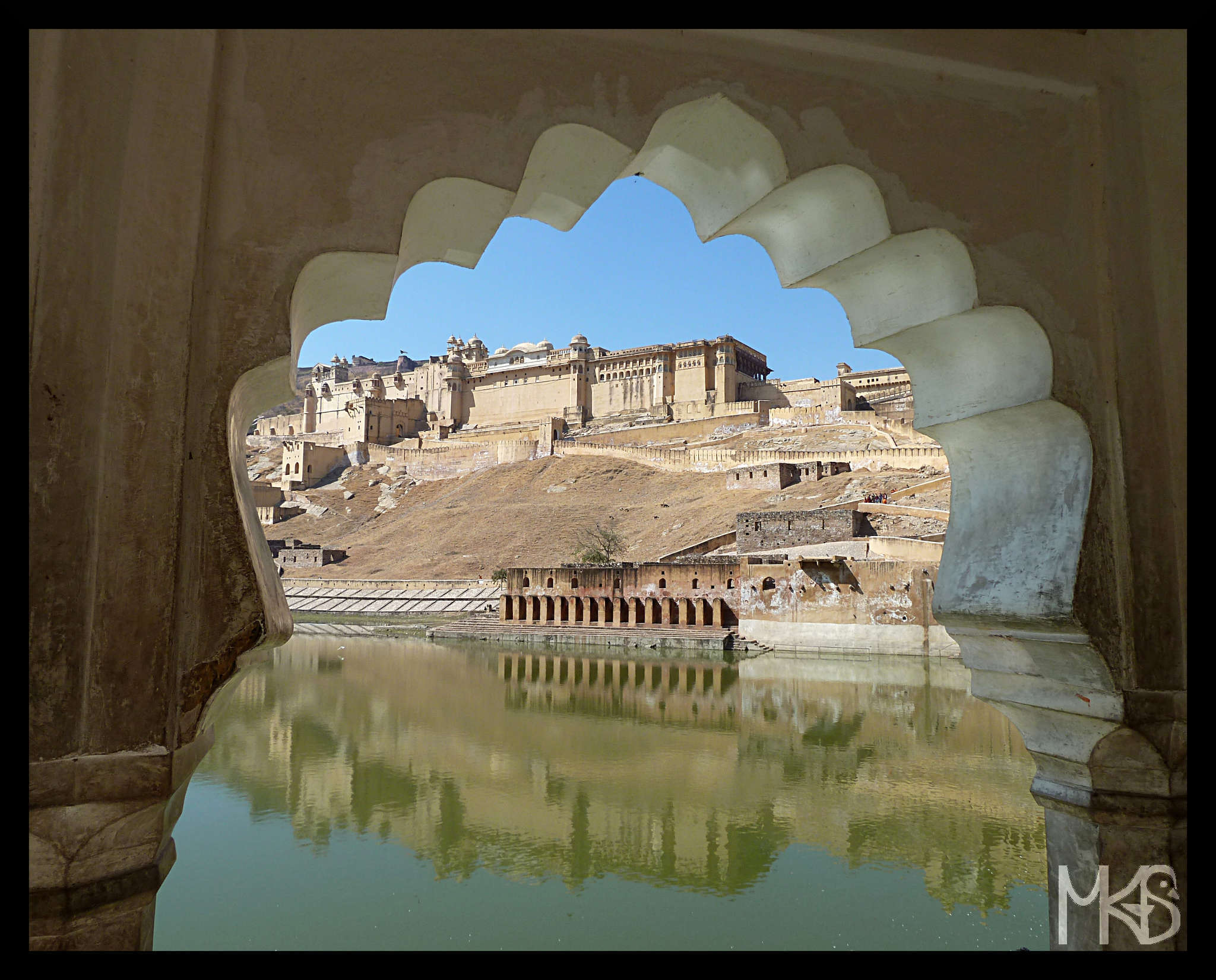
Jaipur is a city located 260 km north from New Delhi.
It’s the capital and largest city of Rajasthan.
Jaipur is also very famous among tourists, and there is a good reason for it.
You’ll find many attractions in Jaipur, maybe even more than in Delhi.
What to see in Jaipur (a few of my favorite places)?
– palace Hawa Mahal (picture tomorrow) – it’s a very characteristic building
– palace complex – City Palace
– city wall of Jaipur with gates, e.g., Sanganeri Gate
– astronomical observatory Jantar Mantar
– beautiful Amer Fort (today’s picture) and nearby Jaigarh Fort – they are about 10 km from Jaipur.
India – Kama Sutra

Yesterday, I showed you a view of one of the temples from Khajuraho. Today, you see another photo of a temple from Khajuraho with erotic sculptures. This time, I should mention an ancient Indian Hindu work – Kama Sutra. As you may expect, you can buy in many places in Khajuraho this book describing the philosophy and theory of love.
India – Khajuraho
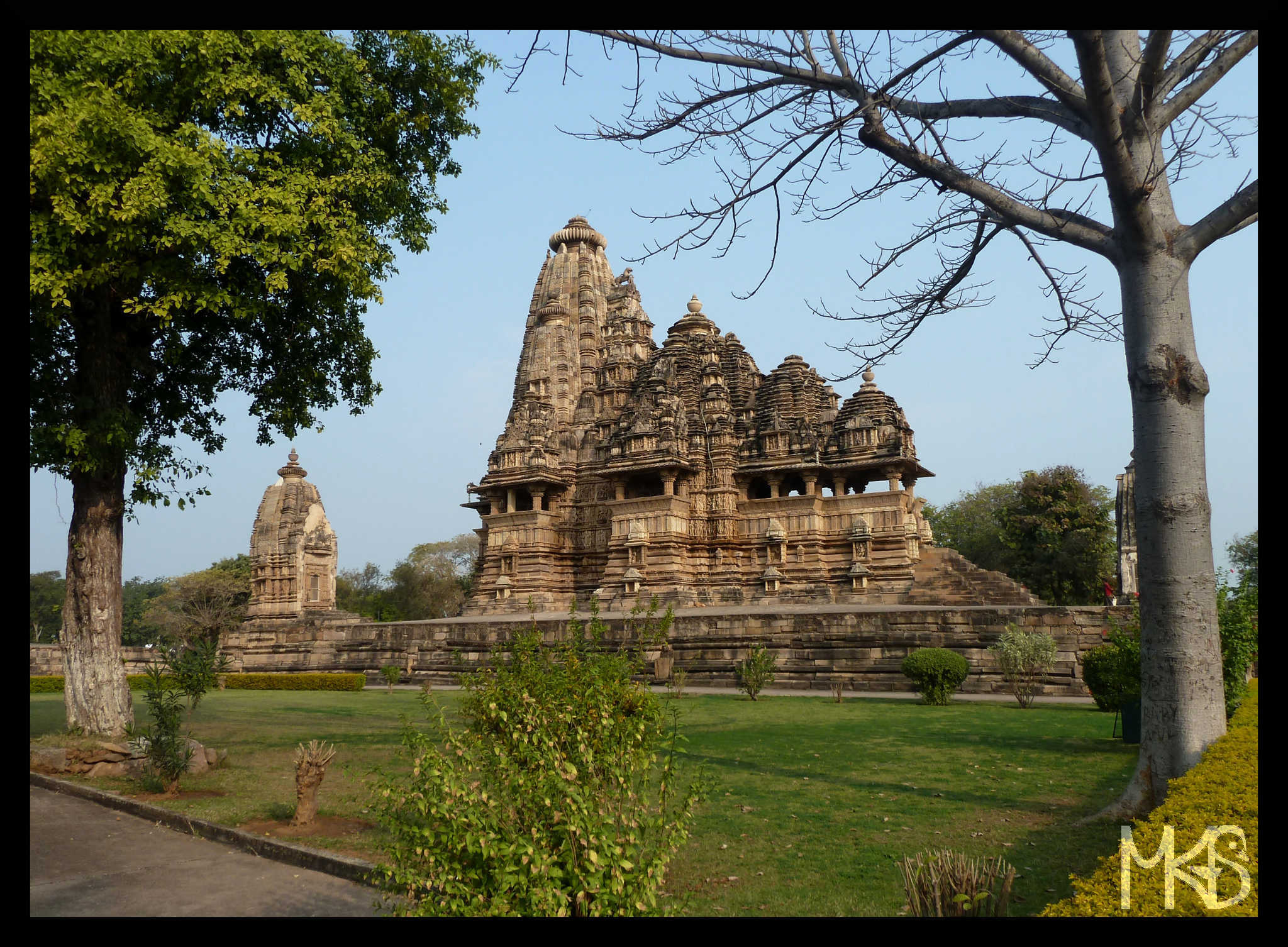
Khajuraho is a town located about 600 kilometers from New Delhi.
Khajuraho is a very popular tourist destination because of many temples with so-called “erotic sculptures”. Temples were built between 950 and 1050 and dedicated to two religions, Hinduism and Jainism. Temples of Khajuraho are listed as a UNESCO World Heritage Site.
I think it’s a great place, really worth visiting!
I could even say – it’s better than Taj Mahal! Well, it’s not exactly correct to compare it with Taj Mahal. In general temples in Khajuraho are nicely located, they are well preserved and the town is not so crowded (comparing to Taj Mahal someone can say – Khajuraho is completely empty 😉 ).
India – Amritsar
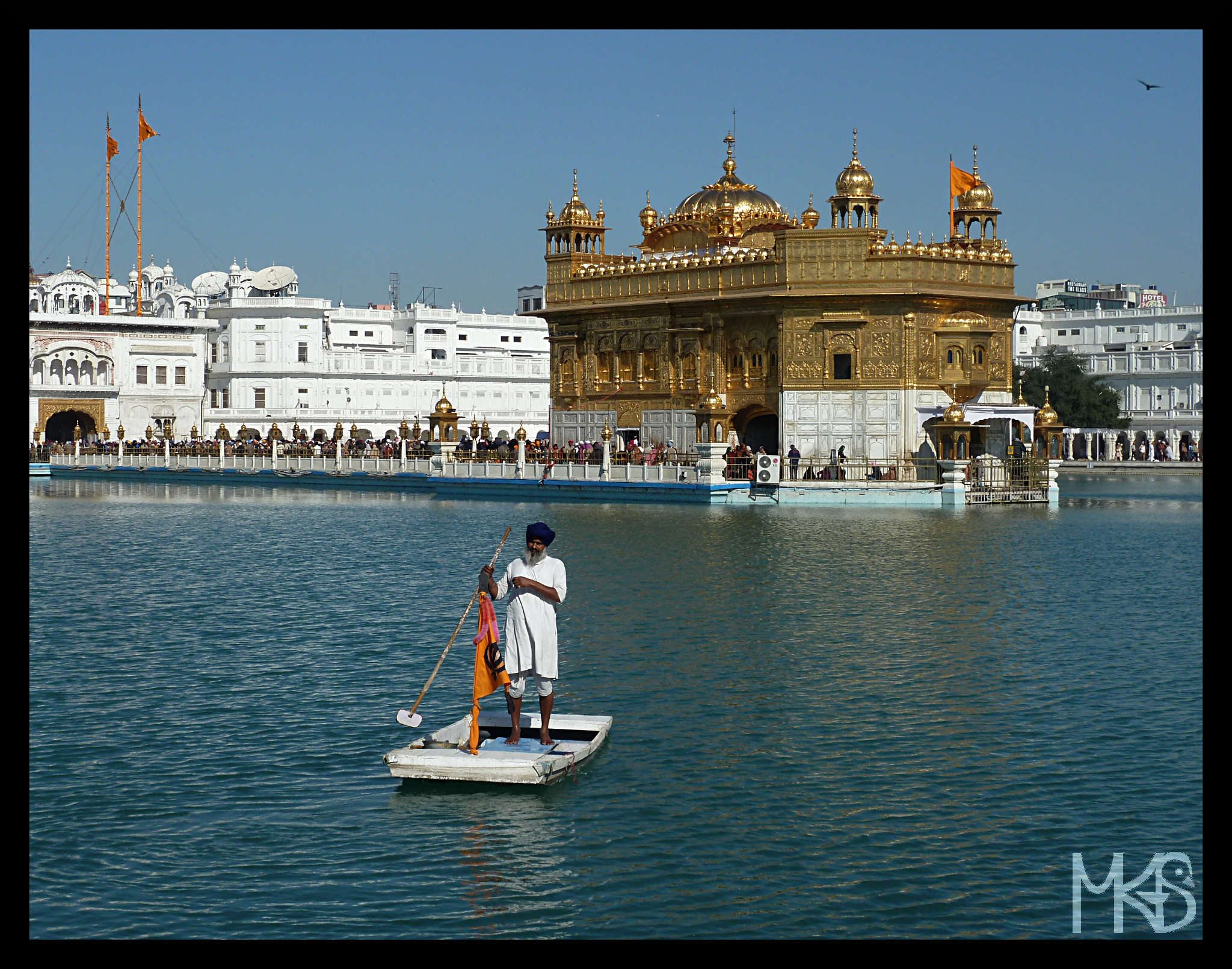
Amritsar is a city in north India, nearby the border with Pakistan.
Amritsar is located about 450 km from Delhi, however, after traveling by train, I had the impression it’s much farther. 😉
Why to go to Amritsar? – Mostly, to visit the Golden Temple (Harmandir Sahib) seen in today’s picture, that is a very important Sikh shrine.
India – Agra
India – Taj Mahal
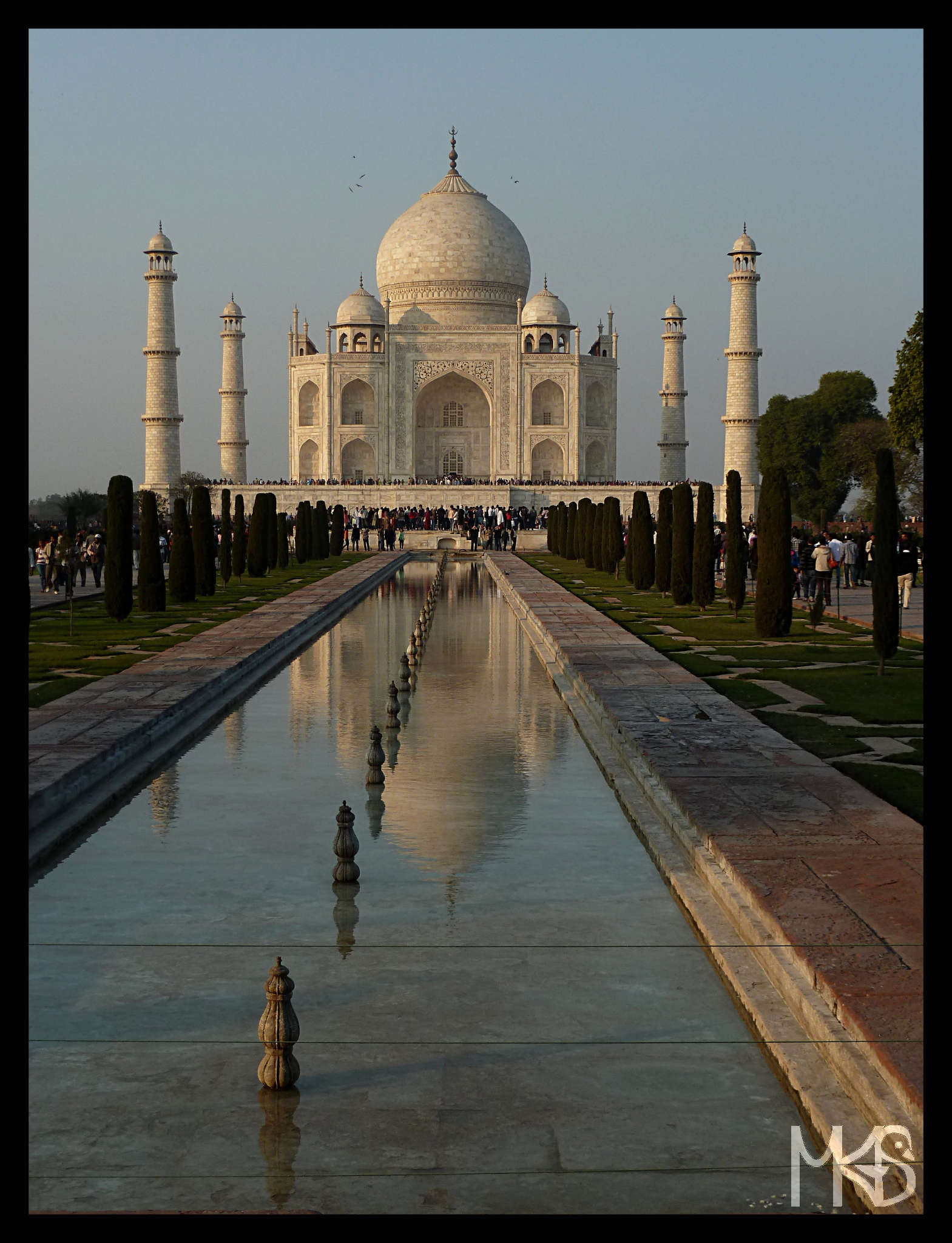
When I was planning my trip to India, I wanted to include different places. Taj Mahal (mausoleum in Agra) was on the top of my list.
– Was it worthy visiting? – Yes. Well, I think it’s good to visit all kinds of places, even if we don’t like some of them.
– Did I like it? – In general yes. I liked the total view of Taj Mahal. I wasn’t impressed by some details or inside parts. I liked colorful birds flying around. I didn’t like crowds; it was much too crowded (I was there in February).
– Would I like to go there again? – No. Too crowded.
What’s your impression about Taj Mahal?
India – What to visit in Delhi
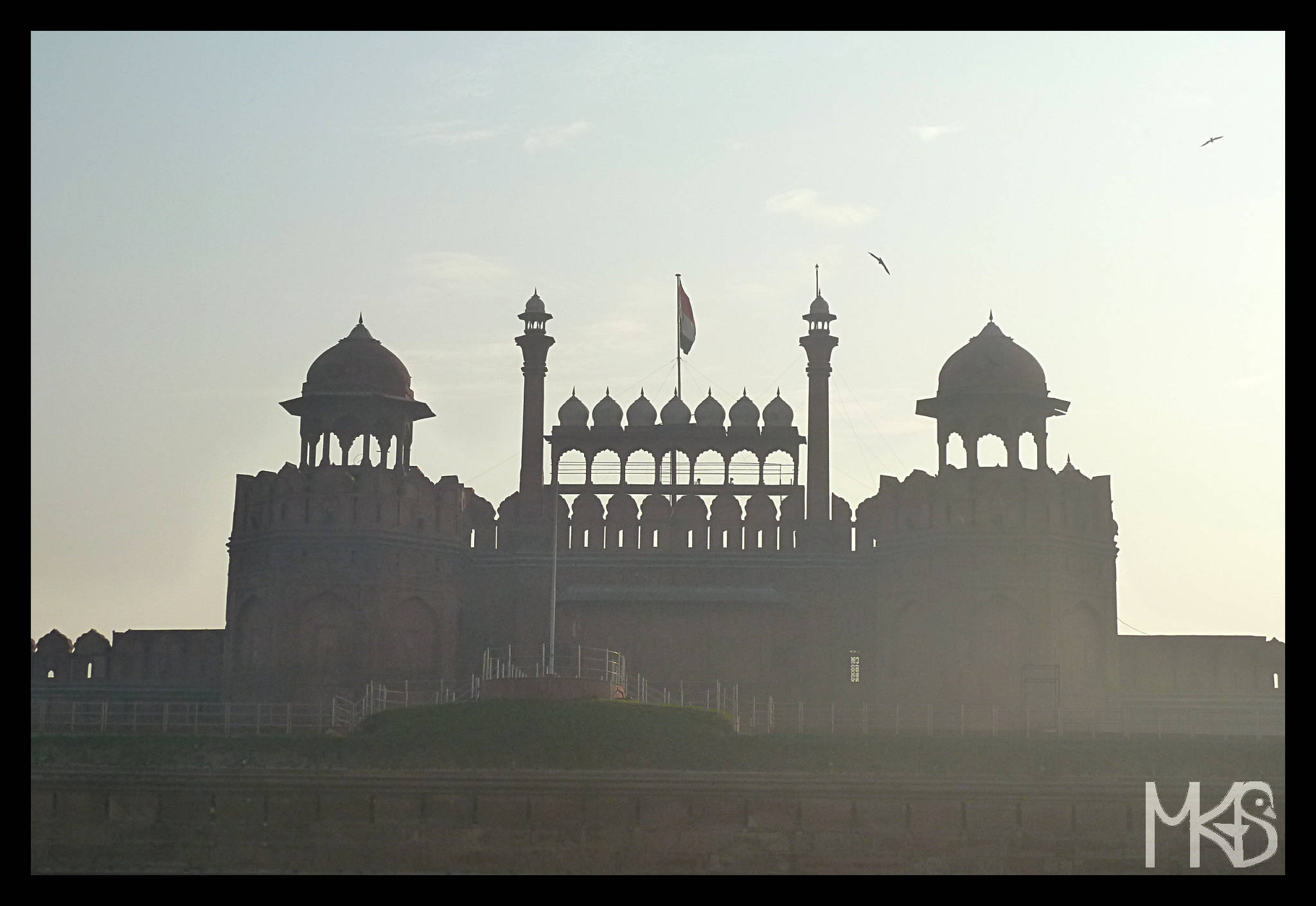
Delhi has plenty interesting places.
I guess you can spend there a week visiting all sites, but 1 or 2 days can be also enough – depending on your preferences.
What I’d recommend the most are: Red Fort (today’s photo), Humayun’s Tomb and India Gate.
These 3 sites are probably the most famous. In the Fort and Tomb you’ll see mostly tourists, but India Gate is surrounded by locals so that makes it more real.
Of course, you’ll find in Delhi much much more. Visit different monuments, as well as streets and restaurants to taste a bit of everything. 😉
India – Capital
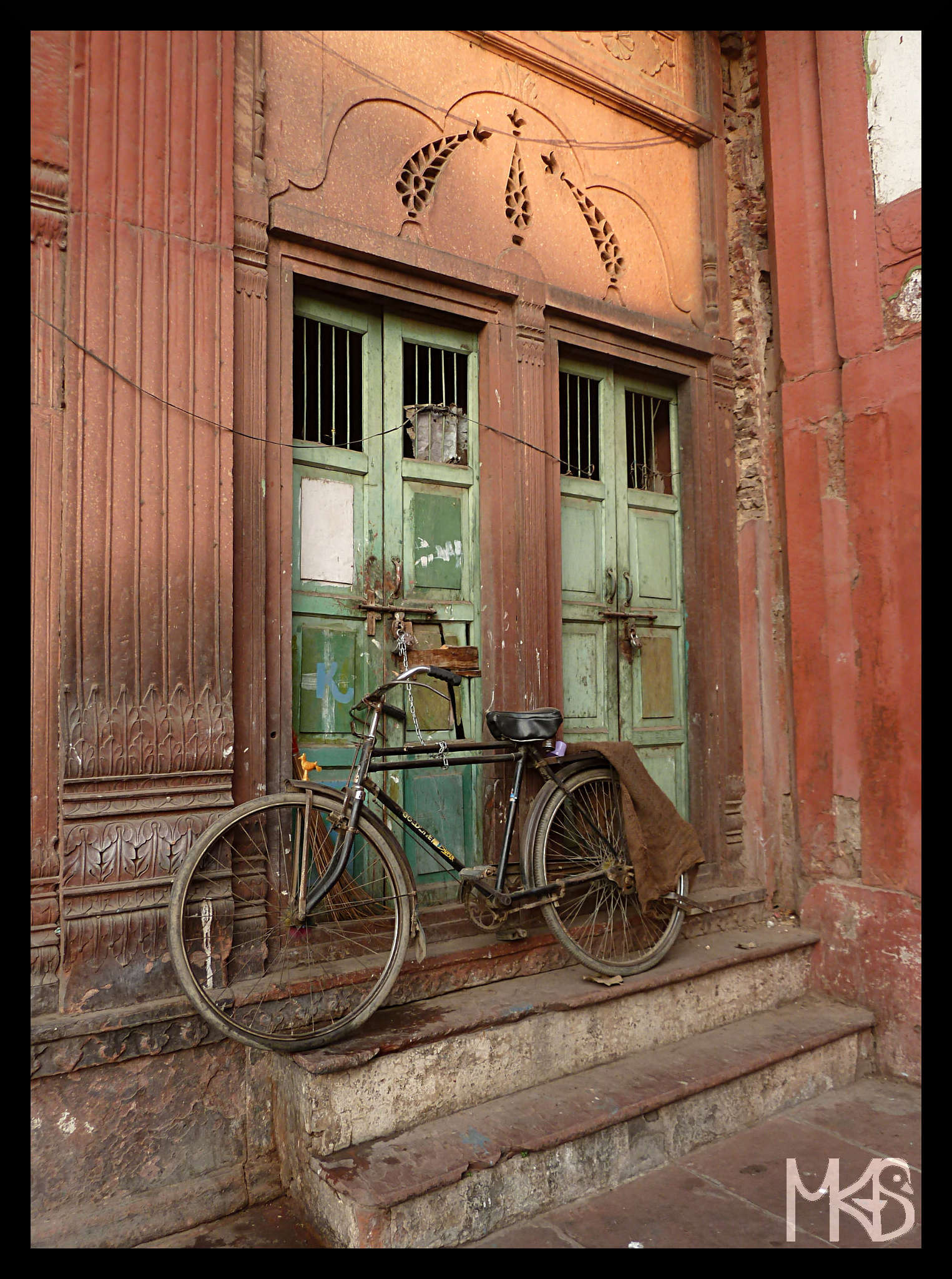
New Delhi is the capital of India.
It’s a big city, but much smaller and less populous than Mumbai.
Some areas of New Delhi are quite modern but the others are very poor (and they look like I that…).
India – Traveling by train
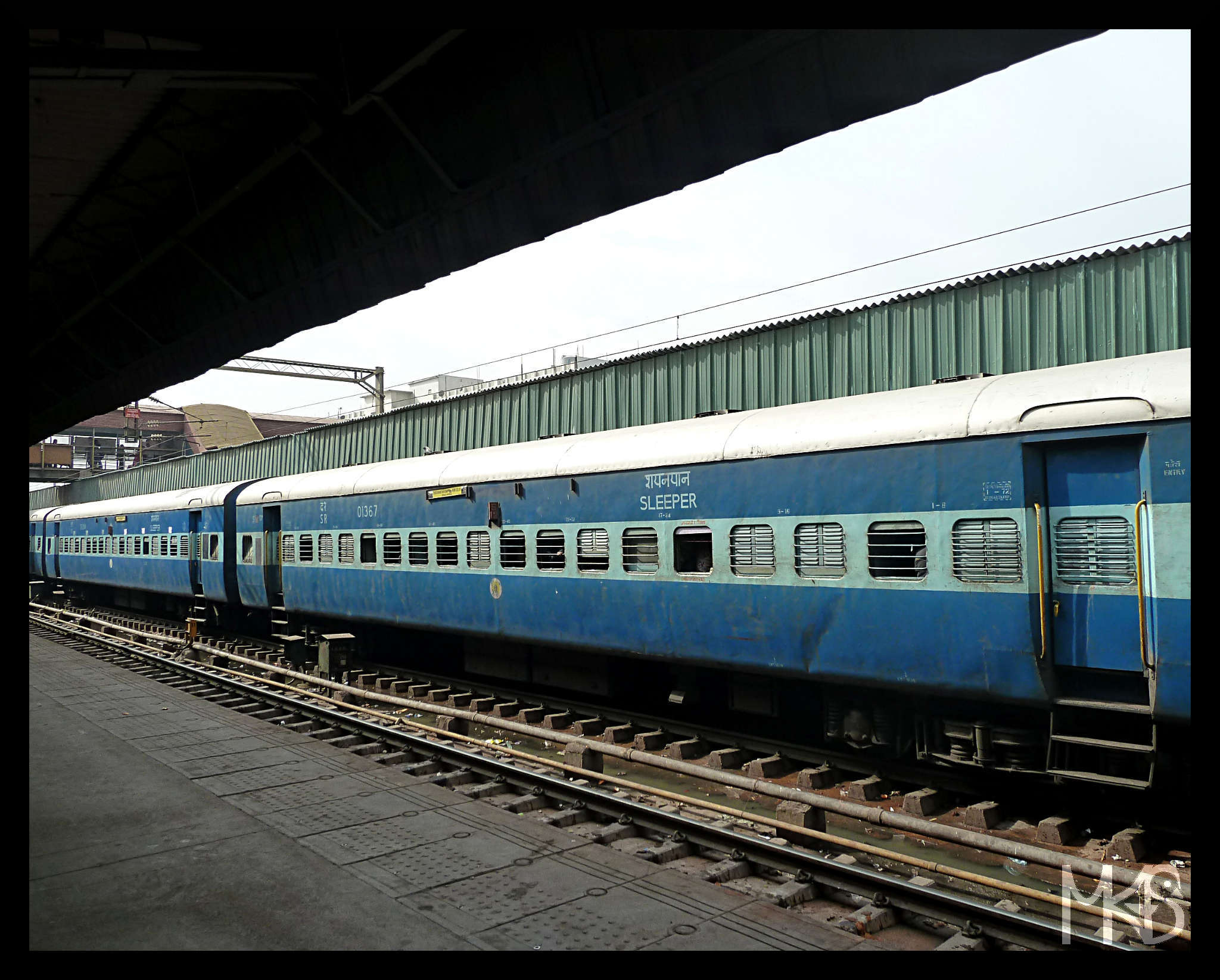
India is a huge country with many interesting places for tourists.
In general, traveling in India is quite convenient as long as you fly or take a train of a better class. Using buses or the worst trains may be annoying and frustrating, or just dirty with many insects…
In India, I was mostly traveling by train, and I think, I checked all possible classes. So my advice – if you can, avoid the lowest class.
